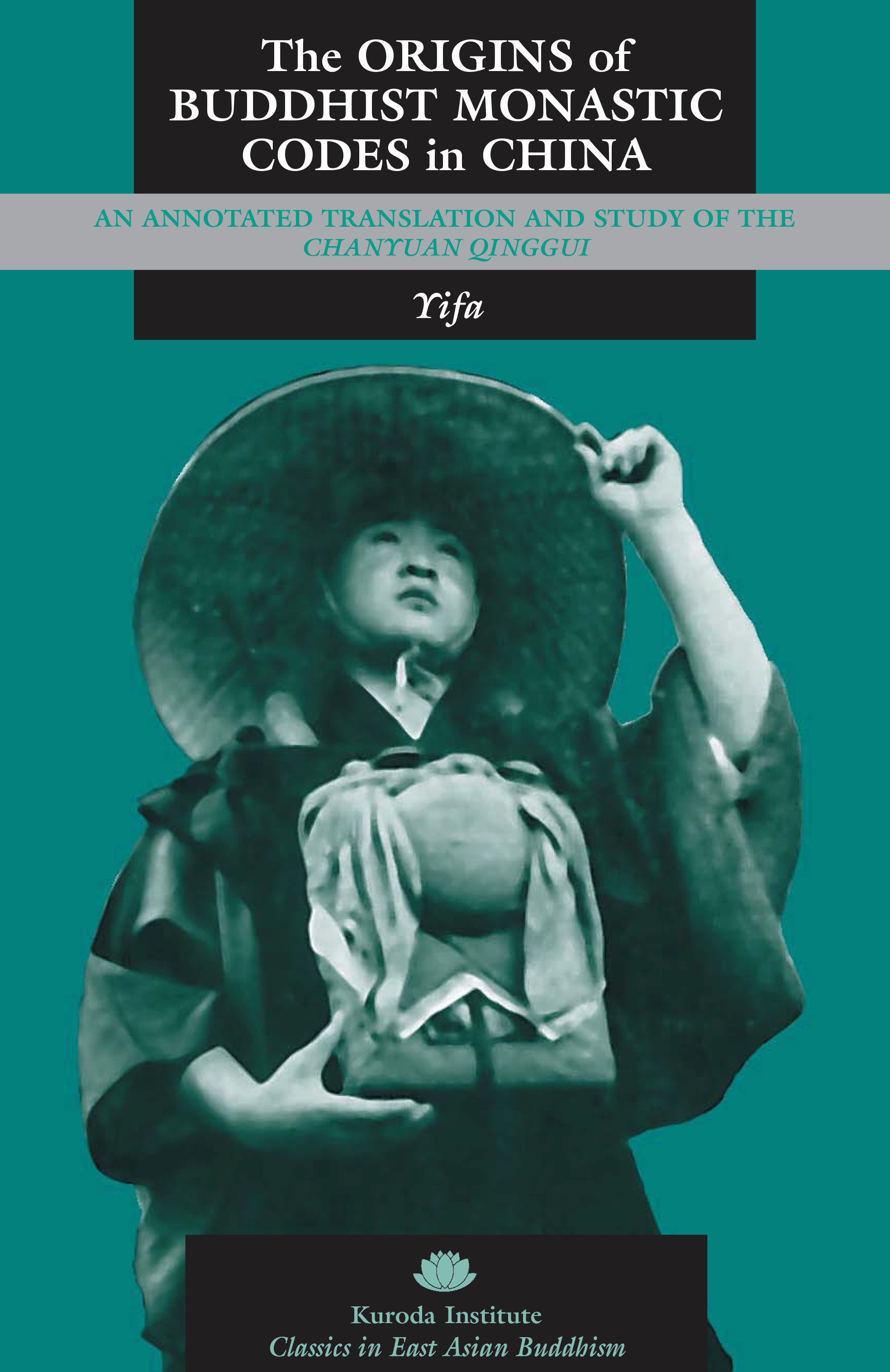The Origins of Buddhist Monastic Codes in China
The Origins of Buddhist Monastic Codes in China
The Origins of Buddhist Monastic Codes in China contains the first complete translation of China’s earliest and most influential monastic code. The twelfth-century text Chanyuan qinggui (Rules of Purity for the Chan Monastery) provides a wealth of ...
Read more
The Origins of Buddhist Monastic Codes in China contains the first complete translation of China’s earliest and most influential monastic code. The twelfth-century text Chanyuan qinggui (Rules of Purity for the Chan Monastery) provides a wealth of detail on all aspects of life in public Buddhist monasteries during the Sung (960–1279). Part One consists of Yifa’s overview of the development of monastic regulations in Chinese Buddhist history, a biography of the text’s author, and an analysis of the social and cultural context of premodern Chinese Buddhist monasticism. Of particular importance are the interconnections made between Chan traditions and the dual heritages of Chinese culture and Indian Buddhist Vinaya. Although much of the text’s source material is traced directly to the Vinayas and the works of the Vinaya advocate Daoan (312–385) and the Lü master Daoxuan (596–667), the Chanyuan qinggui includes elements foreign to the original Vinaya texts—elements incorporated from Chinese governmental policies and traditional Chinese etiquette. Following the translator’s overview is a complete translation of the text, extensively annotated.
Less













.jpg)









.jpeg)





